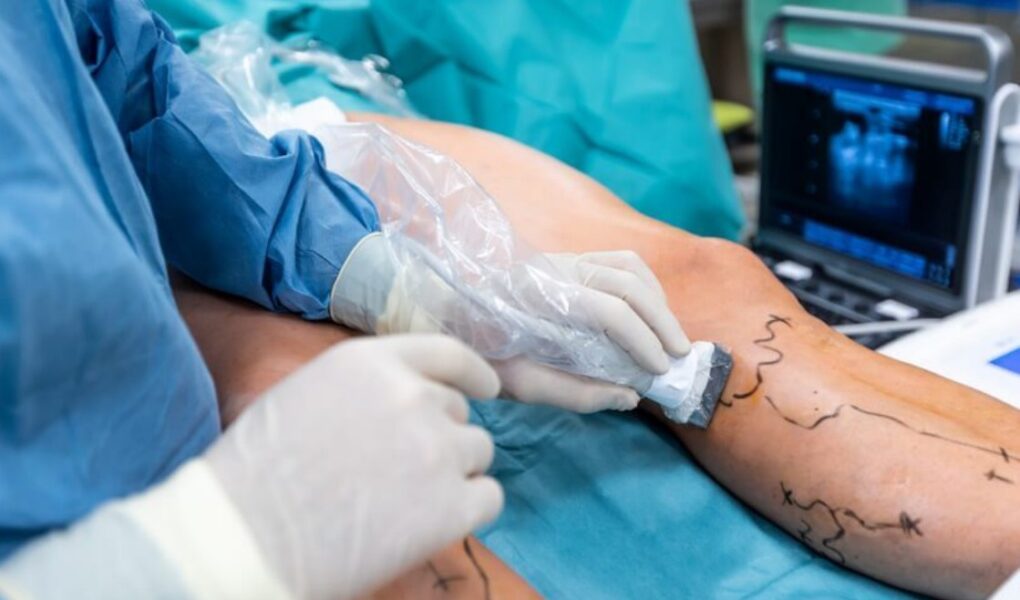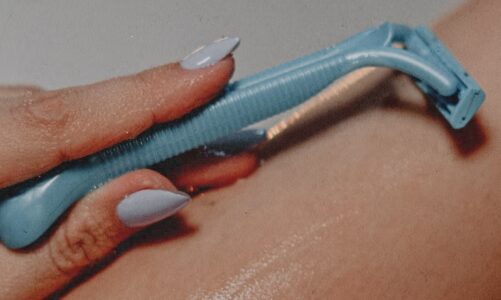The field of vein care has seen immense technological advancements in recent years, particularly in the domain of endovenous vein treatment (EVT). For vein care specialists, tech-savvy healthcare professionals, and patients, understanding these emerging technologies is not just a matter of academic interest; it shapes the future of medical practice and patient outcomes. This expansive post dives into the realm of EVT, capturing not only where the field is now but also where it is headed.
This approach, compared to traditional vein stripping and ligation, offers reduced invasiveness, faster recovery times, and improved patient comfort. But these advantages are just the beginning; the technology behind EVT is rapidly evolving, promising even better outcomes and patient experiences.
The Emergence of Endovenous Vein Treatment
The shift towards EVT began in the 1990s with the introduction of endovenous thermal ablation. Techniques like radiofrequency ablation (RFA) and endovenous laser treatment (EVLT) allowed for the targeted heating of venous walls through the application of heat, which, in turn, caused the veins to close and reroute blood to healthier vessels.
This marked a revolution in vein care as it opened the door to safe, minimally invasive treatments. With focused studies and clinical trials confirming the efficacy of these methods, EVT quickly gained popularity among patients and practitioners alike.
Key Technologies in Modern EVT
Endovenous vein treatment is not a monolithic practice; it comprises multiple techniques and technologies that are constantly evolving. Here are some of the key technologies that are shaping modern EVT:
Ultrasound Guidance
Real-time ultrasound imaging plays a crucial role in guiding interventions, allowing practitioners to visualize the veins and the devices inside them. This technology has improved the precision of EVT, making it safer and more effective.
Minimally Invasive Catheterization
Catheters, which are becoming smaller and more agile, are used to access the varicose veins and deliver the necessary treatment. Techniques for catheterization are continually being refined, reducing the trauma to surrounding tissues.
Vascular Sealing Products
Innovative products such as vein adhesives and sealants are being increasingly used in EVT. These substances can effectively close veins, removing the need for thermal ablation in some cases and offering additional options for individualized treatments.
Advanced Imaging Techniques
Beyond ultrasound, advanced imaging techniques like intravascular ultrasound (IVUS) and venography provide enhanced visualization of vascular structures and help confirm the success of the procedure.
Robotics and AI
The integration of robotics and artificial intelligence (AI) is on the horizon for EVT. Robots may soon assist in complex procedures, while AI can help identify the best course of action and predict outcomes with greater accuracy.
Benefits of EVT over Traditional Methods
The advantages of endovenous vein treatment over traditional vein treatments are significant and multifaceted. They include:
Reduced Complications
The minimally invasive nature of Endovascular Therapy (EVT) often leads to a reduction in complications, such as lower risk of infection and shorter recovery times, when compared to traditional open surgical techniques. This approach allows for precise interventions with less impact on the patient’s body, promoting quicker healing and better overall outcomes.
Quicker Recovery
Endovascular Therapy (EVT) is a revolutionary medical procedure that significantly reduces recovery time, often enabling patients to resume their normal activities within just a day or two. This is a stark contrast to the traditional surgical methods, which typically necessitate weeks of recovery time. This rapid return to daily life is one of the key benefits of EVT, making it a preferred option for many patients and healthcare providers alike.
Better Aesthetic Outcomes
EVT (Endovenous Therapy) significantly reduces scarring, providing a substantial advantage for numerous patients, particularly those pursuing treatment primarily for cosmetic reasons. This minimally invasive technique is a breakthrough for individuals looking to enhance their appearance without the drawbacks of traditional surgery, such as noticeable scars.
Preserved Anatomy and Function
By treating veins from the inside, Endovenous Thermal Ablation (EVT) preserves the integrity and natural function of the veins to a greater extent than traditional surgical methods, which often require more invasive procedures. This innovative approach allows for a more efficient healing process, less discomfort for the patient, and a quicker return to normal activities.
Challenges and Future Developments in EVT
Despite the many successes, EVT is not without its challenges. Ensuring access to these cutting-edge therapies, training practitioners on new technologies, and balancing the risks and benefits of these novel treatments are ongoing concerns.
However, the future of EVT is incredibly promising. Innovations in materials science and device design will lead to even smaller, more flexible tools, opening up the potential for treating smaller veins and further reducing invasiveness. Additionally, the field is witnessing a push towards even more personalized treatment protocols, with advances in genetics, imaging, and patient care informatics.
Conclusion: The Future of Vein Care with EVT
The advent and continuous evolution of endovenous vein treatment (EVT) marks a significant leap forward in the field of vein care. By offering a less invasive, highly effective alternative to traditional treatments, EVT not only enhances patient outcomes but also revolutionizes the approach to venous disorders. The integration of cutting-edge technologies such as ultrasound guidance, minimally invasive catheterization, vascular sealing products, and the burgeoning fields of robotics and AI, heralds a new era of precision medicine tailored to the needs of individuals.
EVT is a leading vascular medicine with benefits like fewer complications, faster recovery, better looks, and preserved vein function. Moving forward, overcoming challenges with innovation, education, and teamwork is key. Looking ahead, the future promises more personalized and less invasive treatments, benefiting both patients and healthcare professionals. EVT stands as the peak of vein care, continuously evolving to offer unmatched benefits to those in need.




